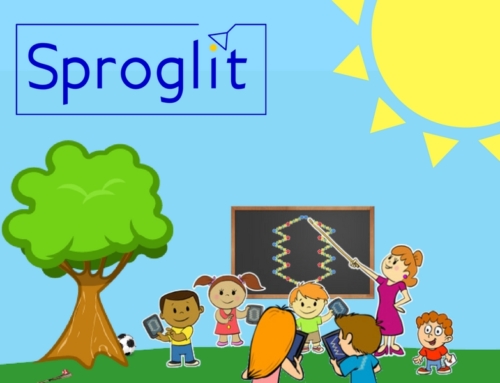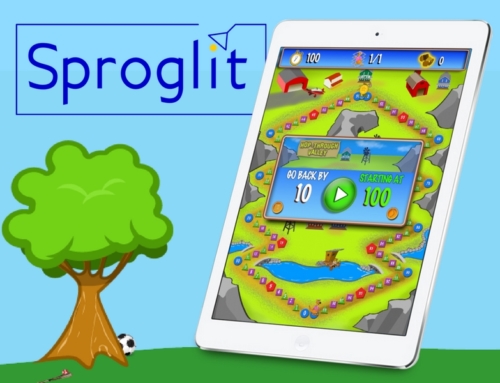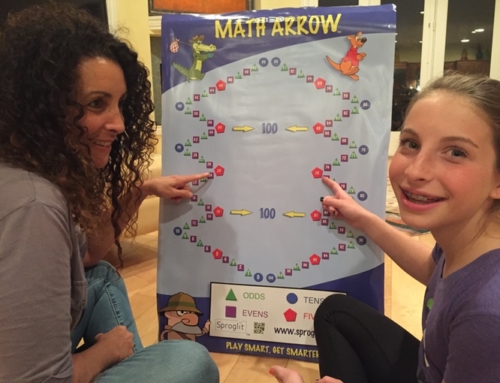Children learn by recognizing patterns. In fact, when they see new patterns, their brains begin to create new neural pathways. Listen to this fascinating research concerning the London taxi driver, a noble tradition since the first horseless carriage roared past a horse in 1897. It takes several years for would-be London cabbies to learn the location of sixty thousand roads and innumerable pub locations, and then to figure out how to get there. Professional drivers call it “The Knowledge.” Three-quarters of the trainees drop out. Only after grueling exams can an applicant earn a coveted license. (Compare that toNew York City, where some of the drivers come from places where they’ve never seen a traffic light).
Of course the London cabbie has a paper map, and often an electronic GPS system. But the driver has another map, too. Driving the streets and learning the routes has literally created a mobile map in his head. A University College, London study showed that London drivers have larger posterior hippocampi than other people, and that as the driver gains more experience navigating the roundabouts and mazes, neural connections grow deeper. When the head of Cab Driver’s Club learned about the research, he said “I never noticed part of my brain growing – it makes you wonder what happened to the rest of it.”
When children play Sproglit games with the Math Arrow, they begin to discover new patterns and connections among numbers. Our games don’t prepare them to become London taxi drivers — but they may get better at calculating the fare when they visit London!





